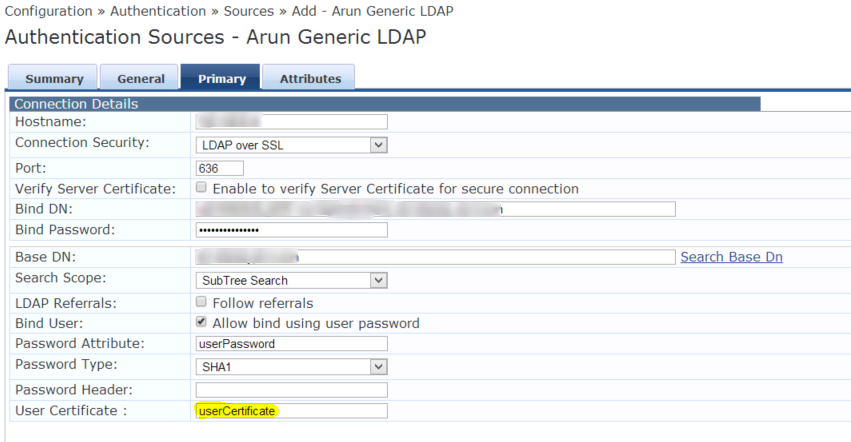Find Active Directory Bind Dns
Directory and. Facts and Fiction. Jeremy Moskowitz. Group Policy MVP. Executive Summary and. Servers with Active Directory, and they don't need to be specifically BIND. Forests and trusts and Linux computers, it was a challenge to get a single. Jan 2, 2018 - Introduction. How To Install Cccam On Blackhole Image. If you are planning to set up a Samba Active Directory (AD) domain controller (DC) using the BIND9_DLZ back end, you have to install and configure the BIND DNS server first. The following describes how to set up a basic BIND installation you can use as Samba AD DC back end. DNS is a prerequisite for Active Directory.Active Directory cannot be installed or configured without DNS. Domain names are used to reference the root of each Active Directory domain tree. DNS is also used by computers in the domain to find key y services, such as the domain controllers, Kerberos services, Lightweight Directory Access Protocol (LDAP) services, and global catalog servers.
I am trying to setup an Active Directory forest that uses a Linux BIND server for DNS. The goal is that the Domain Controller (DC) to be able to make entries in the /etc/bind/db.foresta.net file from the linux server. Here is a diagram with my current setup and specs: WinServer DC: dc.ntds.foresta.net Linux DNS: sysdns.foresta.net My current Linux server configuration: On the DC I have setup a new AD forest and in the IP configurations I have set the IP of the linux server as DNS.
But now the problem is that I don't see any new entries in the file that I described above (db. Sure Cuts Alot 2 Serial Number Crack For Idm. foresta.net) and I don't know what further steps I need to take to make this work. What works so far: In the Windows Server I can open up a browser and browse any website using that linux dns server. Every feedback is appreciated. The way I read your question is that you're trying to avoid having the AD domain controller host DNS at all.
And that's a perfectly valid configuration. You basically have two options. • Configure BIND to allow the DCs to perform dynamic updates • Manually populate the DCs' DNS entries into BIND after a DC is promoted Option 1 is the most common. And the ways you can configure BIND for this range from simple IP whitelists to more complex setups.
But once it's done, you're golden. There are plenty of guides out there on configuring BIND for DDNS. If you need specific help on this, you might want to create a separate question.
Option 2 is 'easier' on the BIND config side, but a little more work when promoting a DC. There is a file that gets created on the DC after promotion that contains all of the BIND entries you need to add for that DC.%SYSTEMROOT% system32 config netlogon.dns All you really need to do is manually add those entries to your BIND server. However, you will also need to update those entries any time you make AD topology or FSMO role changes (add/remove a site, add/remove a domain, etc). The two main strategies I've dealt with are delegation and forwarding. With delegation, you configure BIND as a slave to the AD server, offloading the query load to the BIND server. As long as AD is still the SOA (ala ADI), then any dynamic updates will still be sent to the AD box.

